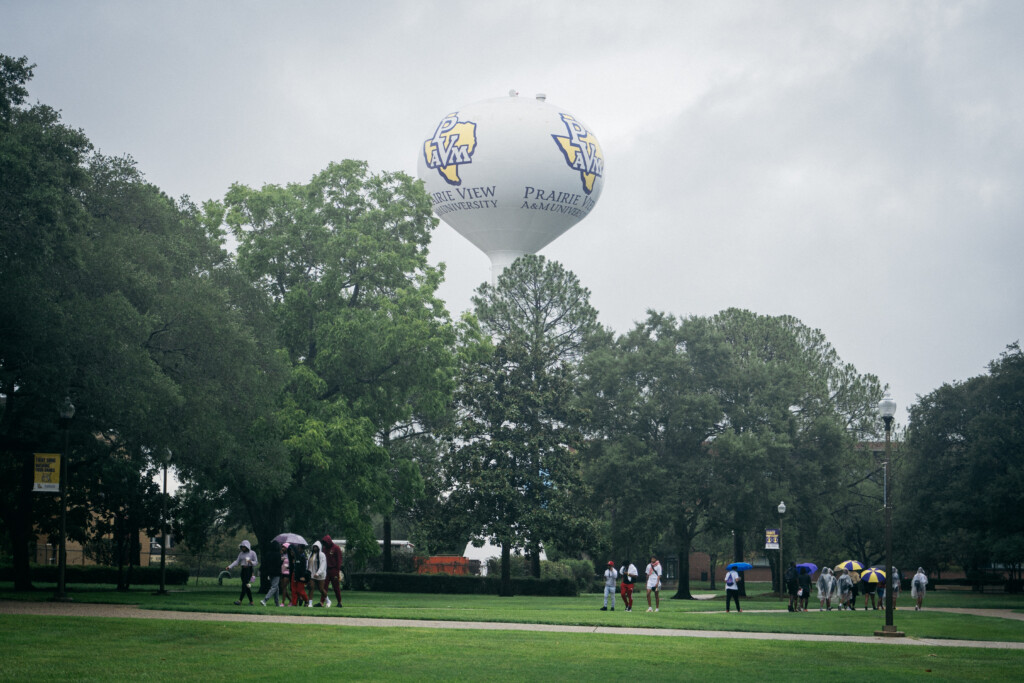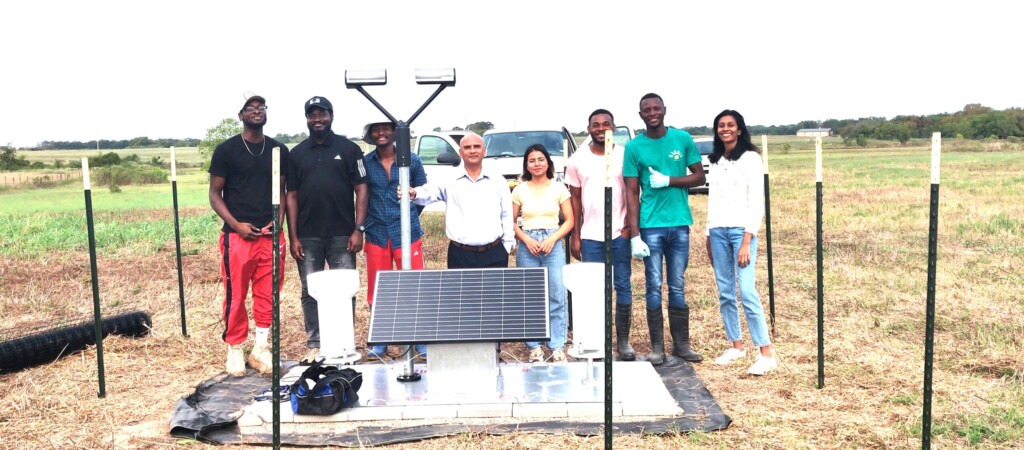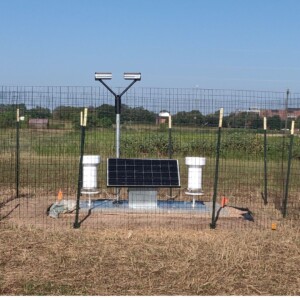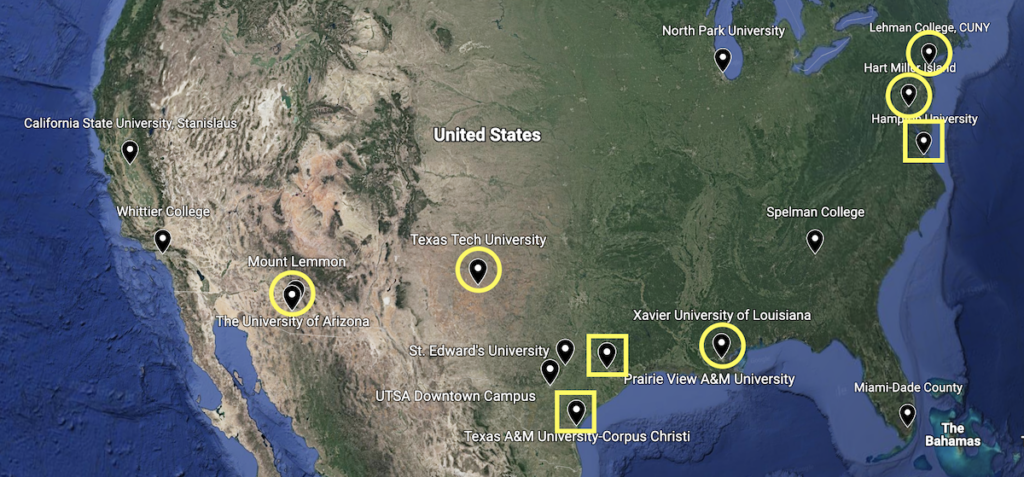PRAIRIE VIEW, Texas (Jan. 8, 2024) — In the ever-evolving landscape of weather and climate science, Prairie View A&M University continues to emerge as a beacon of innovation with a groundbreaking project. Headed by Dr. Ram Ray, a professor in the College of Agriculture, Food, and Natural Resources, the University has secured a substantial $499,599 grant from the National Aeronautics and Space Administration to study precipitation and its effects on the local landscape.
This ambitious five-year venture focuses on evaluating data from the Global Precipitation Measurement Mission rain gauge and Integrated Multi-satellitE Retrievals for GPM. Dr. Ray and his team aim to delve into precipitation characteristics, unraveling the impact of microclimates on rainfall distribution, a critical aspect in an era where extreme weather events are becoming increasingly prevalent.
“This five-year NASA project is providing tremendous opportunities for students, including STEM students, to work on this project and connect with other NASA scientists, students and researchers with similar interests across the USA,” said Ray.
This project aligns with PVAMU’s commitment to cutting-edge research and offers invaluable opportunities for students and researchers. The infusion of half a million dollars in funding from NASA comes with three pairs of GPM rain gauges and three pairs of Parsivel (Laser Optical) Disdrometers, enhancing the University’s research capabilities.
The strategically placed rain gauges and Disdrometers across PVAMU’s 778+ acre research farm will provide precise rainfall measurements. These instruments, supplied by NASA, will facilitate accurate precipitation measurements and delve into properties, such as raindrop size and the fall velocity of hydrometeors – in other words, liquid and solid water particles.
This initiative is poised to contribute significantly to studying microclimate effects on precipitation distribution in near-real time.
Beyond the confines of the University, the GPM rain gauge and IMERG precipitation datasets will play a pivotal role in seeing how natural systems respond to different scenarios, such as changes in climate, land use and soil management. Aside from graduate and undergraduate students, this valuable data will be accessible to a wide audience, including hydrologists, meteorologists and state and federal agencies involved in climate change and water resources management.
The significance of this project is further underscored by NASA’s inclusion of the PVAMU research farm site on its webpage. Interested parties can now access data collected at the PVAMU research farm. This recognition on a global platform elevates PVAMU’s profile, positioning it as a critical player in precipitation research.
“This collaboration between Prairie View A&M University and NASA epitomizes the University’s commitment to research excellence,” said PVAMU Vice President of Research & Innovation Magesh Rajan, Ph.D., P.E., MBA. “This project underscores the University’s unwavering dedication to advancing climate science and contributors to the broader scientific community as key players in developing research.”
“Since this project is connected with the global precipitation measurement network, which connects global researchers, it provides tremendous opportunities to grow and support R2 institutions and pave a path toward the University’s status as an R1 institution,” said Ray.
In the face of a changing climate, PVAMU’s collaboration with NASA stands as a testament to its commitment to advancing scientific knowledge. This project reinforces the University’s R2 research institution status and highlights its contribution to the global understanding of precipitation dynamics.
For more information, visit NASA’s official page at wallops-prf.gsfc.nasa.gov/IPMSI. NASA’s PVAMU site is at wallops-prf.gsfc.nasa.gov/IPMSI/Sites/PVAM/index.php.
A modified version of this story by Jenna Craig originally appeared at pvamu.edu/research.
-PVAMU-




